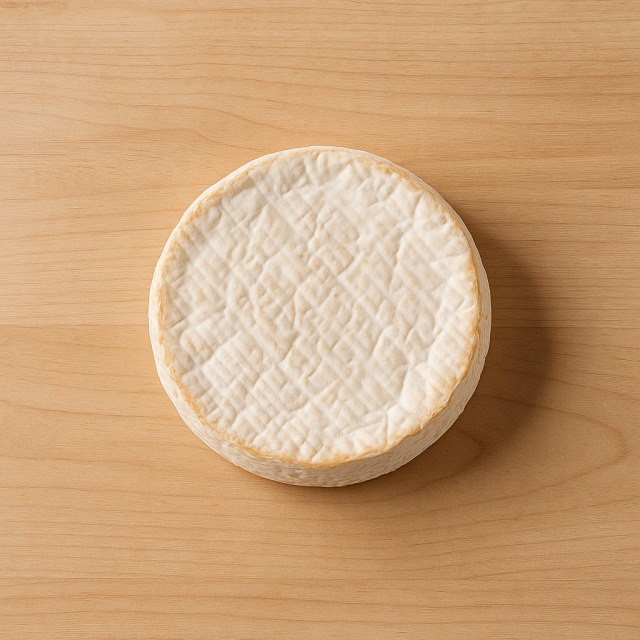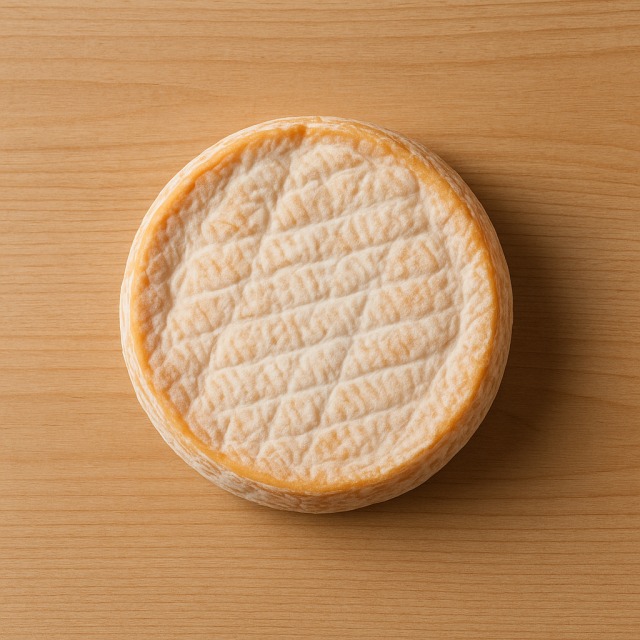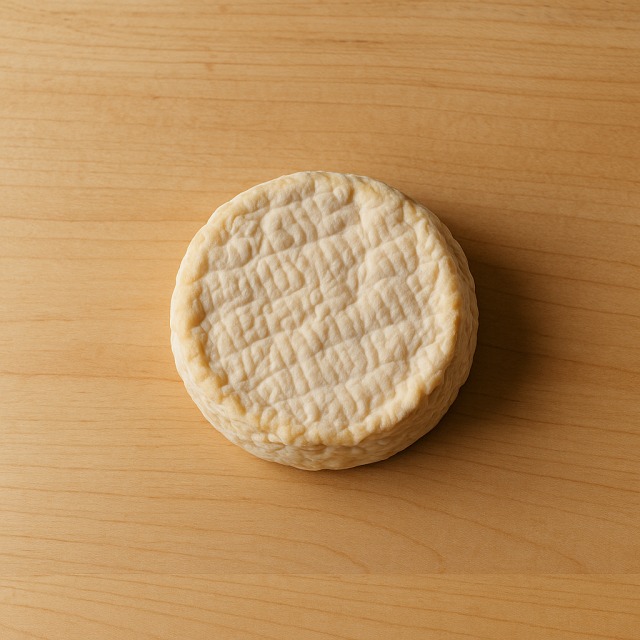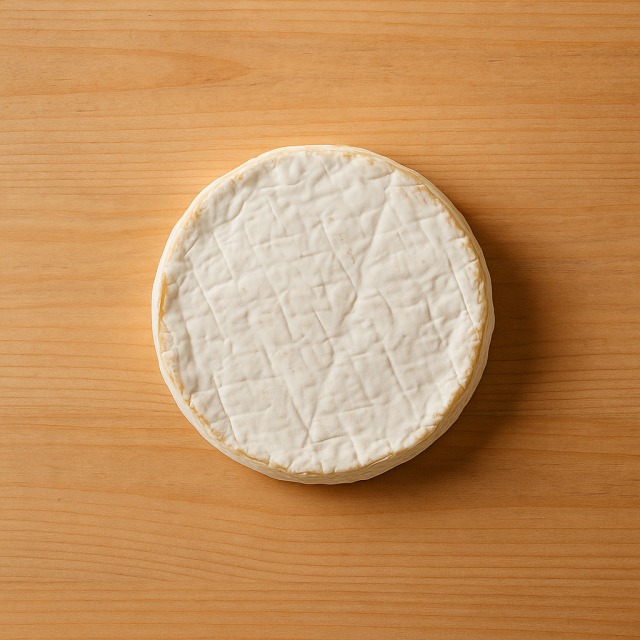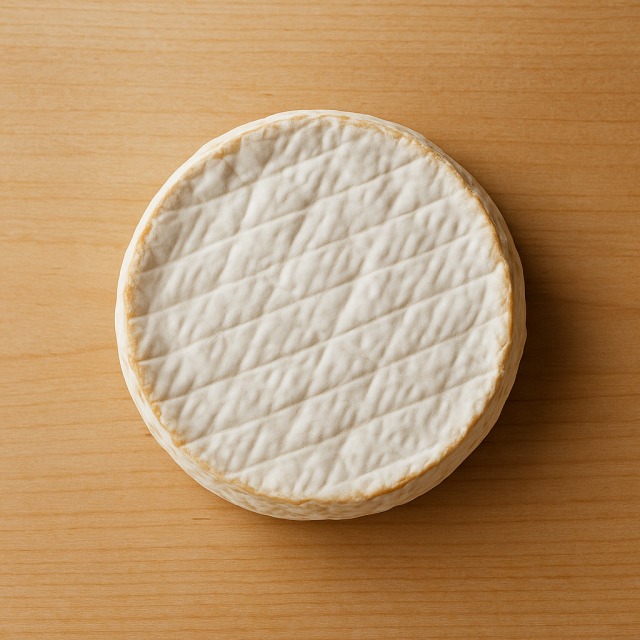Calorie Chart / Cheeses / Gorgonzola
How Many Calories Are in Gorgonzola?
Calculation of the nutritional value & Recommended Dietary Intake of gorgonzola
For g and a calorie requirement of kcal
| Calories 162 kcal | Proteins 9.2 g | Lipids 14 g | Carbohydrates 0.8 g |
| 8% | 12% | 21% | 0% |
Health benefits of gorgonzola
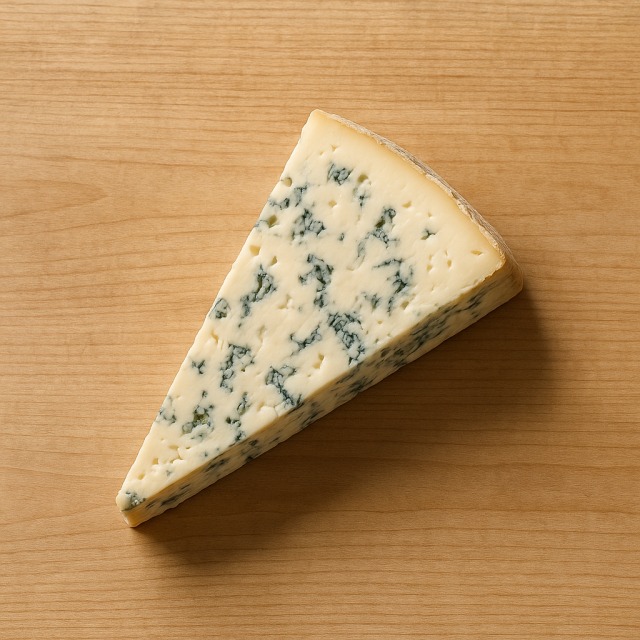
Gorgonzola - 100g
Calories 405 kcal
Proteins 23 g
Lipids 35 g
Carbohydrates 2 g
With 405 kcal per 100 g, gorgonzola is clearly a high-calorie cheese. Even in small portions, it considerably raises daily calories, so moderation is advised for people watching their energy intake.
Its 23 g of proteins per 100 g supply all essential amino acids, making it useful for muscle maintenance. The cheese is also rich in calcium and phosphorus, contributing to bone health, and provides meaningful amounts of vitamin A, vitamin B2, and vitamin B12. Sodium is present in significant quantities, so individuals with hypertension should keep an eye on their salt balance.
Like other blue-veined cheeses, gorgonzola is fermented with Penicillium cultures that may support gut microbiota variety; this benefit is still considered "supposed" because available studies remain limited. Its lipids are mainly saturated fats, but it also offers conjugated linoleic acid (CLA), a fatty acid currently investigated for its potential metabolic effects.
Originating from the Lombardy town of the same name, gorgonzola has been made since the 11th century. The marbling appeared, legend says, after a distracted cheesemaker left curds overnight—an accident that turned into a gastronomic success.
Tips for incorporating gorgonzola into a balanced diet
Because of its high calories, use gorgonzola as a flavor accent rather than the main component of a meal. A classic idea is a salad of baby spinach, sliced pear, and toasted walnut; 20 g of cheese is often enough to season the whole plate while keeping calories under control.
For a comforting yet balanced dinner, stir a tablespoon of gorgonzola into a mushroom risotto made with rice and plenty of diced broccoli. The vegetables add fiber and volume without excessive calories, and their mild taste softens the cheese's intensity.
On pizza, replace part of the usual mozzarella with a few dots of gorgonzola and extra slices of tomato or zucchini. You obtain the same creamy effect while slightly lowering total calories, because less cheese is required to reach full flavor.
Athletes looking for post-workout proteins can spread a thin layer on whole-grain bread and pair it with lean chicken breast. The result brings proteins and minerals, but far fewer calories than a traditional four-cheese sandwich.
Frequently Asked Questions
- How many calories are in gorgonzola?
- There are 405 kcal per 100 g.
- Is gorgonzola a good source of protein?
- Yes, it provides 23 g of proteins per 100 g, comparable to emmental or parmigiano, but remember the calories are also high.
- Which cheese has fewer calories, gorgonzola or feta?
- Feta averages around 265 kcal/100 g, so it contains significantly fewer calories than gorgonzola.
- Can I eat gorgonzola while pregnant?
- Soft blue cheeses are generally discouraged during pregnancy unless thoroughly cooked, because the humid environment can harbor Listeria bacteria.
- Does heating gorgonzola change its calories?
- Cooking melts the fat but does not remove it, so the calories remain the same; however, the cheese spreads further, letting you use less.
- What is a reasonable serving size?
- For everyday use, 20–30 g (80–120 kcal) keeps calories in check while still delivering the characteristic taste.
Similar foods
Information provided by Calorie Menu may contain inaccuracies or errors. It cannot, under any circumstances, substitute medical advice or medication.
